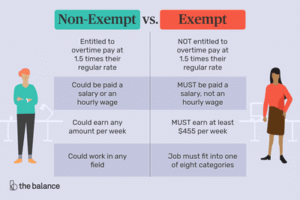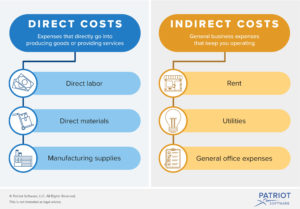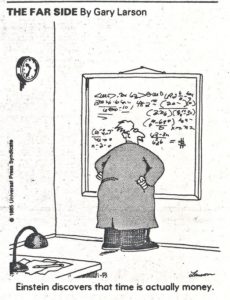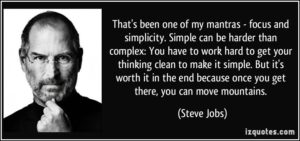We are now something like four weeks into our self-quarantining process. The most fortunate of us have been able to maintain our jobs and work from home. Many in this position (myself included) had already moved our officing arrangement to our homes, for a variety of reasons. This quarantining event has driven this migration faster and further than was ever predicted. We have learned many things as wait and hope that things get back to what we remember as normal. I think one of the things that we need to accept and learn, is that things are not going to go back to what they were.
We all know that organizations learn and change at a dynamic pace. We have seen the entire education system within the United states pivot and change from an “in-person” mandatory attendance structure to an online, real time distance learning structure, in a matter of days as the quarantine hit. There were no longer issues associated with transporting students to schools. There were no longer issues associated with safety while at schools. The quarantine necessitated the change and it occurred.
It was not without it issues. Students may not have had access to the required technologies, platforms, and networks that they need for the new education and learning model. These issues are still being worked in many places. The point is, that it seems to be working. Children are being taught and learning in their homes. This is the objective of education.
There are complaints that some are not getting the meals and subsequent nutrition that they were provided at school. This is a different issue, distinct and apart from education. It was found that it was convenient to provide for basic nutritional needs for children while at school. Schools were not created so that children could be fed. They were created so that children could learn and be taught.
There is no doubt that child nutrition will continue to need to be addressed. In the future it will need to be addressed outside of school, as this location may no longer be the convenient focal point that it once was, due to distance learning. This demonstrates the interconnectedness of our structures. While one issue is resolved (education), another comes to the forefront (child nutrition).
Similar fundamental shifts are likely to occur in business as well. Customer contact has been demonstrated as the key to all business relationships and has been seen as the fundamental building block of the sales process. During this period, we are however seeing business carrying on and being conducted without this direct customer contact. We are seeing it in the time of the quarantine because it is necessary if operations are to continue.
Business has learned that those meetings that were once thought of as mandatory face to face, can now be conducted virtually with video conferencing techniques. This includes almost all internal organizational meetings but has also proven to be applicable to customer facing meetings.
It is expected that the “social distancing” guidelines that we should all be aware of at this point, will continue to be in place for many months as the quarantining phase of the situation begins to alleviate, and people begin to interact in the new world. Just because the “stay at home” directives are lifted, does not mean that contagion associated with closer social interactions are removed.
Sitting shoulder to shoulder in closed environments such as airplanes, buses and elevators will continue to be seen as a potential health issue. The idea of “open office” environments where space is removed and proximity to others is increased will also be seen as a potential health issue. Customers and vendors alike will be dealing with these new realities associated with where and how they conduct business.
If it has been shown that business can be conducted successfully in a virtual or remote manner, why would business want to go back to the way it was? Do they need to pay for expensive travel in the future, knowing that virtual and video now works as well? Do they want to risk the possible health issues associated with requiring closer than prescribed social distances and contact within their office environments? If business has proven that it can do without something such as travel, and the increased expenses associated with it, why would they go back to the previous arrangement or behavior?
The new normal will be different from the pre-quarantine normal. Where work at home was almost a personal decision, it will become almost a de facto standard as people who have now been told to work at home will most likely be told to stay there. As people stay at home and work, corporate facilities, and the expenses associated with them will be able to continue to be reduced.
The new normal will reduce traffic on roads and reduce the expenses (gas, tolls, etc.) associated with commuting. People will not be driving as much, and the traffic associated with “rush hour” will be reduced. The lost time associated with the commute can be better used toward more productive topics.
I think we have been party to a fundamental shift in business and society in general due to the quarantine. Many futurists warned about the possibility of “cocooning” in our homes as our ability to work and entertain ourselves in our home increased. Who would have thought that we would now be encouraged to cocoon in our homes for our own safety, and then learn the incremental benefits associated with it as the requirement is reduced?
The knock-on effects of the changes will be many. If you are not commuting, your automobile insurance requirements should be reduced. If you can buy anything you want on the web and have it delivered as quickly as the same day, why would you travel and go shop? If you are not driving as much, will you need or want a new car as often? With all the video on demand availabilities, will the entertainment networks as we have known them remain the same?
Business will also not go back to the way it was. Once it has been shown that business can be successfully conducted in the video based virtual world, the savings, and new opportunities that it presents are too great for business to ignore. Business travel will be significantly reduced, especially for internal meetings. Customers and vendors will also learn what many of the next generations have learned, that relationships can in fact be created online. Face time with the customer will become just that, face time.
Not to
sound too trite, but the world has changed. Those that are waiting for the “all
clear” so that things can get back to the way they were are going to be
somewhat disappointed. The old social norms are probably not going to be coming
back, at least in the forms that they were. The same should be expected of the
business norms. We have had a very abrupt, global change to both our societal
and professional environments.
Just because it appears as though some of these forced restrictions are
starting to be relaxed does not mean that things are going to go back to the
way they were on either front. It should be expected that once something is
learned, for whatever reason, the “standard” going forward will also change. It
is probably another curve worth thinking about and trying to get ahead of.






